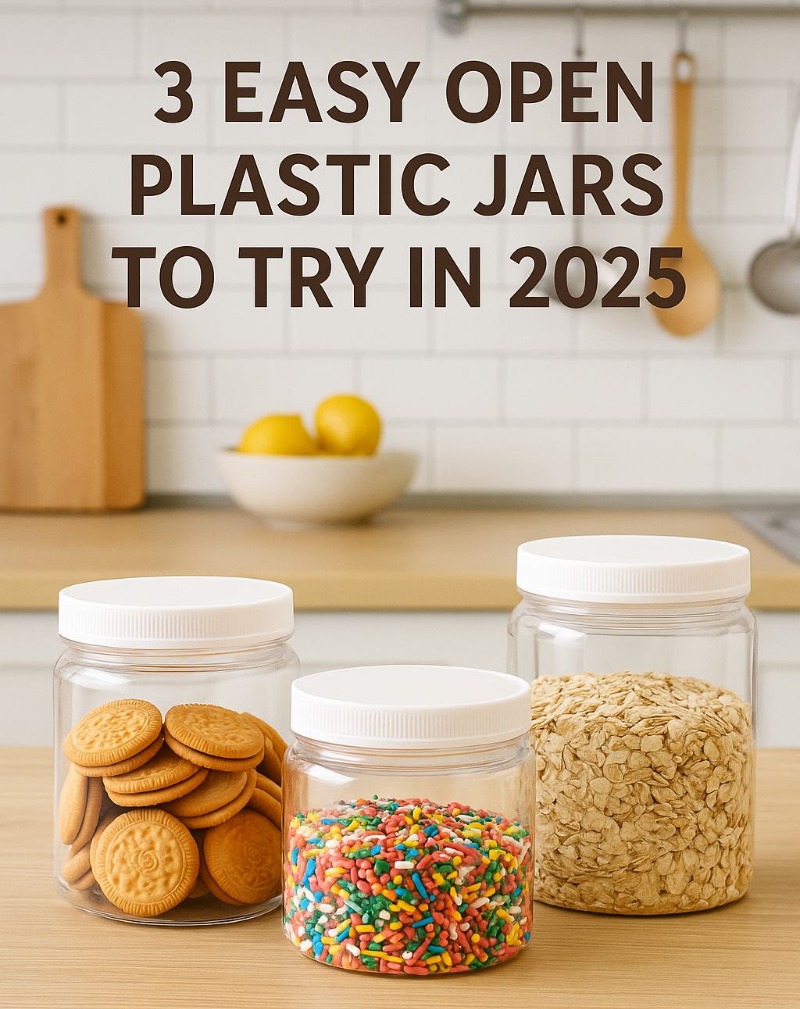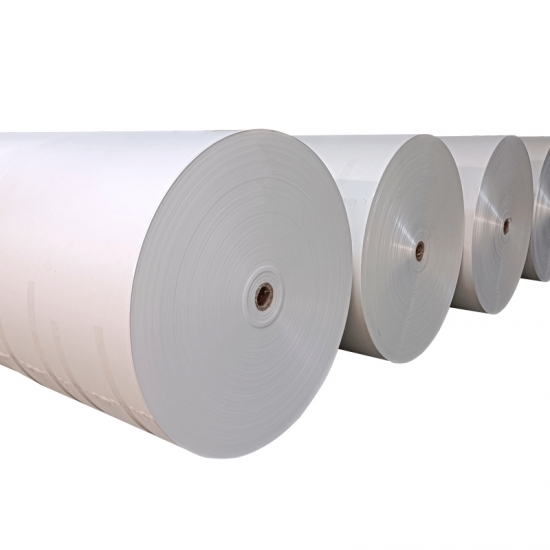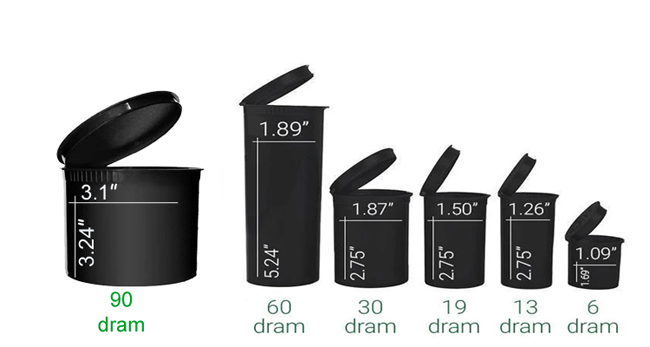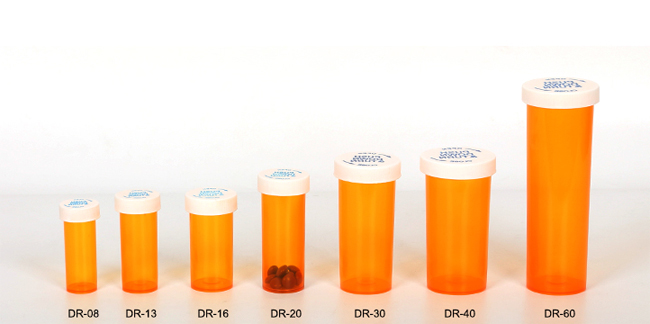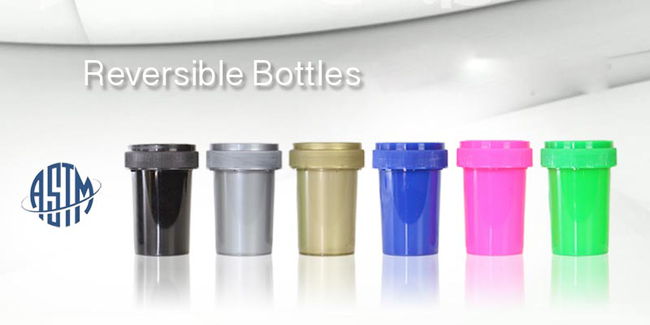Bags supplement functionalism to our lives. They do more than just haul our stuff from point to point: an expression of style, an extension of identity, a tool of convenience. Bags for school, work, travel, work and special occasions — there is a bag for every lifestyle.
Here are 46 types of bags including all their alternate names, in full. From everyday styles such as backpacks and totes, to niche categories including delivery bags or pet carriers, we will explore the features, functions, and trends in all manner of carry options. When you finish, you will have a greater idea of how diverse the neighboring globe of bags is by nation, and when to put together any particular bag.
Daily & Fashion Bags
Backpack
A backpack is a bag, with two straps, that is carried on the back. Fantastic storage for the students, businesspeople, and travelers alike! The backpacks of today have compartments for laptops, books, and water bottles, and even include secret anti-theft compartments in some cases.
They can be created with canvas, polyester, leather, or even up-cycled textiles. They are easy to wear and they minimize stress on the back and shoulders. They offer tech-friendly touches (padded straps and USB charging ports, anyone?) They are practical and great for school, commuting, hiking, or city life.
Tote Bag
One Tote Bags – Many of these are large tote bags with an open top and two parallel handles. These tote bags are so basic, yet reliable and versatile for grocery shopping, going to work, or hanging out. Tote bags are easy to use; they typically have a wide opening to facilitate easy loading and unloading.
Tote bags are often made of canvas, cotton, or recycled polyester, and are a popular reusable, more sustainable option for single-use plastic bags. A laptop, groceries, or gym gear… versatile. Even totes are personalized with logos, which become good promotional tools for businesses.
Handbag
Handbags combine fashion with functionality. They were traditionally a garment for women but found unisex shapes in modern designs. They come in all sizes, shapes and styles—from small casual day bags to larger ones for files and other work essentials.
Utility is important but using a handbag is also part of the style. Can be suitable either for a business attire depending on its material, whether leather or synthetic, or can be worn on a casual basis with eco-friendly fabrics. Handbags have become one of the most recognized kinds of bag throughout the world because of their versatility.
Shoulder Bag
A shoulder bag has a single long strap that is worn on the shoulder. They're good looking and practical, and they're available in good, medium, and large sizes.
These are loved for their accessible nature, because you can put them on your body and immediately reach for what you need. They often have adjustable straps, compartments, and are made of different materials. Shoulder Bags are THE accessory for being able to carry your daily essentials.
Crossbody Bag
Crossbody bags are designed to be worn with a long strap that goes across the body. They help maintain convenience and free your hands from the risk. They are used all the time in cities, while traveling, and at home. They usually feature pockets for the phone, wallet and keys.
Many include RFID-blocking technology for extra protection. Crossbody bags come in stylish leather silhouettes or trendy nylon styles, which are becoming ever more ubiquitous.
Sling Bag
Sling bags are roomy bags that are worn across the chest or back where a rear-facing sling bag is smaller and lighter. They're small enough to fit small items like a wallet or glasses.
Popular with the younger set, sling bags complement streetwear and the great outdoors. Combine portability with style and they are the perfect option.
Satchel
A satchel is a rectangular bag, usually with a flat bottom, made from soft leather or fabric, and the flap is one piece of material that folds over the top of the bag with buckle or strap closure, often with a crossbody strap. Originally for students, modern iterations are made for work and school, and everyday needs as well.
The square design helps organization with places for laptops or books. They are typically leather / faux leather hybrid between formal and casual.
Hobo Bag
Boho-fabulous crescent, slouchy hobo bags are trending too. Usually sewn from soft fabrics, it gives a relaxed and calm effect. The users will find a lot of space in it, so they will be an ideal option for day-to-day activity.
Hobo bags are considered casual or bohemian and are stylish, comfy and easy to wear from day to night.
Bucket Bag
Bucket bags have a drawstring opening up top. They offer a creative way to store larger items whilst being practical and stylish, compact but deep.
Many contemporary bucket bags come with a crossbody strap as well. They are also designed in a way to cater to casual as well as semi-formal wear.
Clutch
A clutch is a small purse designed to be carried in the hand or held against the body, typically worn for formal events. They typically have room for the essentials — keys, phone, and other cards.
Clutches are tiny, but made of silk, satin, leather, tenant, and sequins. Modern-day clutches come with a removable strap allowing you to wear it as a shoulder/crossbody bag as well.
Wristlet
These are small bags with a short strap to put over your wrist. They allow space for things that you need like money, cards, and phones.
Called the darling of the carry-on set, they can also be used as secondary bags, ones that nestle within bulkier totes or purses.
Mini Bag
Mini bags are miniature purses, where you'll only have space for a telephone, wallet or keys, more.
While they don't necessarily serve a functional purpose, they are stylish, adding a cute and fashionable touch for users who fancy themselves as a bit of a trendsetter.
Belt Bag (Fanny Pack)
Belt bags are small pouches that strap around the waist or across the chest. Long gone in the fast fashion days, but now back as a streetwear staple.
Belt bags today, however, are usually constructed from tough synthetic fabric. These bags combine functionality and style—ideal for sports, festivals, and travel.
Messenger Bag
Messenger Bag: Rectangular with a large flap and crossbody strap. They were originally made for couriers, but are now favored by the professionals and students.
Large enough to carry laptops, notebooks, etc., and files they are often used as urban fashion accessories in both business and casual attire.
Work & Study Bags
Briefcase
Briefcase: A hard-sided rectangular bag for business. Equipped with handles, spaces, and even some with locks.
While briefcases were once used nearly exclusively for papers, many of them now also have padded sections inside, specifically for computers and tablets. They continue to be icons of professionalism and orderliness.
Laptop Bag
Laptop bags are padded envelopes intended for laptops and other accessories and are usually designed with additional slots for chargers, notebooks, pens, etc.
Styles consist of backpacks, shoulder bags, and sleeves. They're great for office workers and travelers alike because of the slim profiles and water-resistant fabrics.
School Bag
School bags are made of superior quality and comfortable. Usually the bags are backpacks that accommodate books, stationery, and lunch bags.
Bags for younger students include fun designs and prints, while bags for older students might include laptop sleeves, and ergonomic padding.
Portfolio Bag
Portfolio bags, on the other hand, consist of slim document carriers for items like resumes, presentations, or documents in general. This is seen in meetings and interviews where they focus more on organization than on handling documents.
They come in real leather, faux leather or sturdy fabrics, and are a great practical tool for professionals.
Document Bag
Document bags are bigger in size than portfolios, come with zippers, handles, and several compartments. They are used by teachers, office workers and businesspeople to store files, folders and digital devices.
Ideal for pro users, they are light and give you room to breathe.
Teacher Bag
Teacher bags are a place to stow books, lesson plans, personal items. They are bigger than a usual purse but still provide enough space to carry around your daily essentials.
They are generally made from light, yet sturdy material, therefore making them strong and convenient for everyday wear-and-tear.
Travel & Sports Bags
Duffle Bag
Duffle bags are cylindrical, soft-sided bags equipped with top handles and typically an included shoulder strap. Ideal for gym, travel, and sport, they are quite versatile.
Cavernous insides can fit clothes and equipment. Others have compartments for shoes, waterproof linings, or wheels.
Weekender Bag
Weekender bags are a little smaller than duffle bags, they're for overnights or long weekends. They are both aesthetically pleasing and useful at the same time, making them appealing to business and leisure travelers.
They have ample room for clothing, footwear, and accessories while looking more fashionable than conventional luggage.
Suitcase
Suitcases → rolling bags (for longer trips). Whether it's hard-shell or soft-sided, they help provide organization, and you have space too.
Most feature expandability, TSA-friendly locks, and spinner wheels. Suitcases remain travel staples today.
Wheeled Backpack
The easiest way to combine the best of both worlds of backpacks and rolling luggage are rolling backpacks. Ideal for students and travel, they can be carried or rolled as well.
This generation of hybrid design adds versatility for heavy bags.
Travel Tote
Travel totes are simply larger, sturdier varieties of standard totes. And frequently a carry-on, that holds gadgets, treats, and other travel necessities. They come with trolley sleeves to attach to rolling suitcases.
Garment Bag
A garment bag is long, usually foldable, easy-carry bag meant to hold your suit, dress, or formal wear wrinkle-free. Some even offer stowage for shoes or other accessories, making them wise choices for business travel.
Gym Bag
Gym bags are light and practical bags for carrying exercise clothes, shoes, and accessories. They usually include a vent compartment for clean and dirty stuff, made of durable nylon or polyester.
Yoga Mat Bag
Cylindrical bags designed to contain your rolled yoga mat. Most have pockets to hold water bottles, towels, or straps. Usually made from breathable fabrics, these packs are light, portable and built to minimize weight.
Hiking Backpack
Hiking backpacks are rugged, comfortable, and roomy. These include padded straps, hydration systems, and water-resistant fabrics. Most models have removable frames, which work great for long hikes and camping trips.
Camera Bag
Camera bags contain padding and dividers to keep cameras, lenses, and accessories safe and secure. Common for traveling photographers, usually waterproof and have compartments tailor-made for them.
Dry Bag (Waterproof Bag)
Dry bags consist of waterproof materials such as PVC or coated nylon with taped seams to keep everything inside dry while you're out on the water. A hit with kayakers, rafters, and beach bums, they keep the water and sand out of your way.
Lifestyle & Specialty Bags
Diaper Bag
Diaper bags are spacious and laden with pockets to carry all that one needs for a baby. Most of them are designed with insulated bottle holders and changing mats to help parents handle baby care easily.
Lunch Bag
Lunch bags are insulated carriers used to keep food fresh either at school, home, or at an outside event. They come in sizes ranging from small pouches to large, multi-pocket styles.
Cosmetic Bag / Makeup Bag
Cosmetic bags are small pouches to store makeup and toiletries. There are multiple sizes, some of them waterproof and with multiple compartments to better organize everything you need.
Toiletry Bag
A dopp kit (or toiletry bag) is a small bag for grooming items, such as a razor, toothbrush, and other toiletries and skincare products. They are small, but large enough to suffice and a travel must.
Laundry Bag
Laundry bags or hamper bags are used to put dirty clothes in. These are usually mesh or fabric, making them light and portable; used by schoolchildren, travelers, and those who frequent the gym.
Storage Bag
Storage bags take the clutter (and visual noise) out of seasonal or household items. They are generally made out of fabric or plastic with zipper closures that help utilize space in small houses.
Shopping Bag (Reusable Bag)
Is an environmentally friendly re-usable shopping bag to replace plastic bags. They are strong, provide collapsible options, and terrific for groceries. Every business uses branded reusable bags at some point of time or the other.
Drawstring Bag
These drawstring bags are fashionable and casual, with a quality pull-tie closure. They're inexpensive, easy to come by, and perfect for sports, promotions, or even casual wear.
Beach Bag
Beach bags are big, durable, and usually water-repellent. Many are built for towels, sunscreen, swimwear, and snacks bearing sand-resistant fabric and mesh breathable materials.
Picnic Bag
Picnic bags contain insulated compartments for food and beverage. Others feature integrated coolers or detachable containers — perfect for al fresco meals.
Tool Bag
There are several pockets in a tool bag for tools such as wrenches and hammers, etc. They are generally made out of durable materials such as heavy-duty fabric or leather that can hold up to the wear and tear of day-to-day use.
Cooler Bag
They do have insulating lining so you'll want it to keep your food and drinks cold. Perfect for camping, grilling and road trips, they are heavy-duty, waterproof and feature sturdy handles.
Foldable Bag
Foldable bags are light-weight and take very little space by folding into a 5×10 cm pouch. They are also popular with eco-conscious consumers because they are convenient.
Delivery Bag
Delivery bags are insulated bags used by couriers and food delivery workers. Designed for heavy use and all sorts of weather, they hold food hot or cold while it is being transported.
Pet Carrier Bag
A pet carrier bag is a more secure way of carrying around animals with you. They are an essential item for pet lovers and come with ventilation, padding, and space to securely fasten a closure.
Conclusion
The types of bags represent human life and activity. General-purpose bags such as backpacks and totes that you use for everyday to more specific bags such as delivery and pet carrier bags. Knowing these types helps consumers & designers choose wisely regarding functionality, fashion, and convenience.
Bags are not only to hold objects but a convenience, an expression, and an innovation in its own. As sustainability, personalization, and versatility become more important, the future of bags is sure to bring even more exciting developments. It doesn't matter what your lifestyle or business is, there's a bag type for every occasion.






